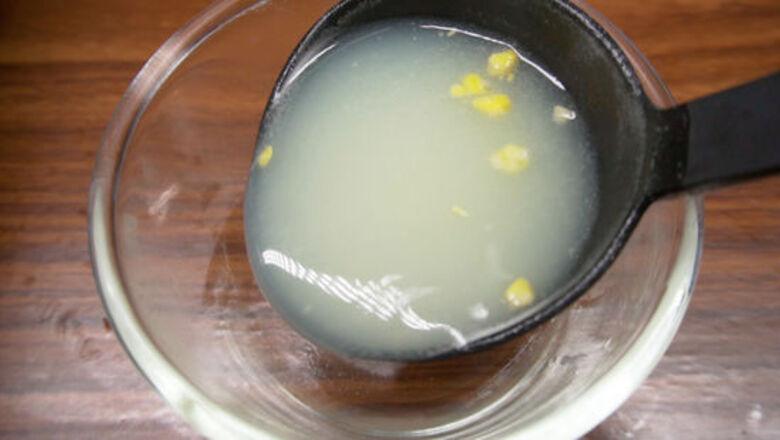
views
Thickening with a Flour Paste
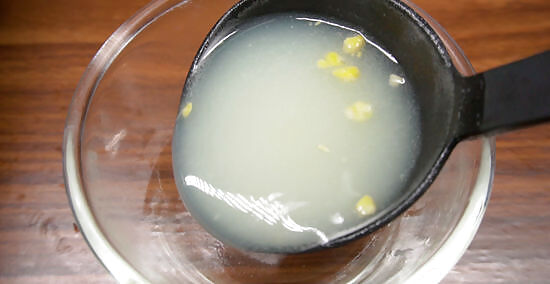
Place 1 cup (250 mL) of hot soup into a small bowl. It’s important that the soup is hot as this will help to dissolve the flour. Carefully dunk a heat-safe cup into the soup pot and transfer it into a small bowl. Always be careful when cooking with hot ingredients. Avoid using thin plastic measuring cups with hot soup as plastic will leach toxins. Use metal or thick plastic instead.

Mix 1 tablespoon (8 grams) of flour into the small bowl of soup. This mixture will help to thicken your soup. Stir the flour and soup with a fork until they are thoroughly combined. If the mixture becomes too thick to stir, add a few drops of water. If your flour has lots of lumps in it, sift it before you add it to the bowl of soup. White all-purpose flour works best for thickening soup as opposed to wholemeal flour. If you have made a large pot of soup, add 2 tablespoons (16 grams) of flour.
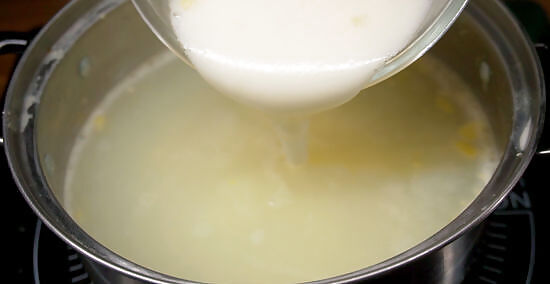
Stir the flour and soup mixture into the pot of soup. Stir the large pot of soup with a wooden spoon and while you’re mixing, slowly pour the flour and soup mixture into the middle of the soup. This will help to evenly distribute the mixture through the soup and will avoid lumps forming. Continue to stir the soup until it thickens. This normally takes 3-5 minutes. If you spot any lumps of flour in the soup, use a fork to break them up.
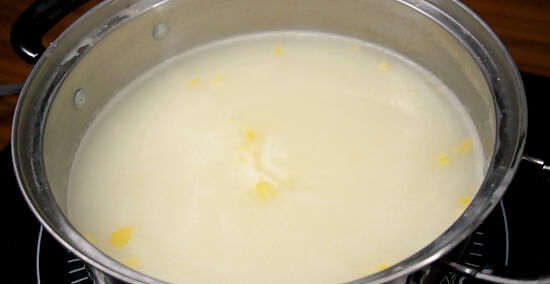
Leave the soup to simmer for 5 minutes. This will help to remove the taste of the flour from the soup. Leave the soup on a low to medium heat. If you can still taste the flour after 5 minutes, let the soup simmer for another 5 minutes. If you’re cooking the soup in a slow cooker, leave it to cook for 30 minutes.
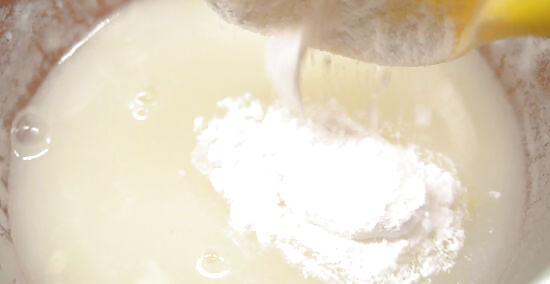
Add extra flour if the soup still isn’t thick enough. Mix an additional 1 tablespoon (8 grams) of flour into 1 cup (250 mL) of soup and add it to the soup in the pot. Stir the mixture into the soup and wait for it to thicken further. Continue to repeat this process until you are happy with the consistency of the soup.
Using Corn Flour

Estimate how many cups (mL) of liquid are in your soup. This will help you decide how much corn flour to add. Look at the recipe to work out how many cups of liquid were added. Don’t forget to include ingredients like tomatoes that break down to water. Don’t stress about getting the exact measurement; an estimate is fine. If you didn’t use a recipe to make the soup, try to guess how much liquid is in the soup by using the size of your pot as a guide. For example, if your 4 liters (135 ounces) pot is half full, you could estimate that there is 2 liters (67.5 ounces) of liquid.
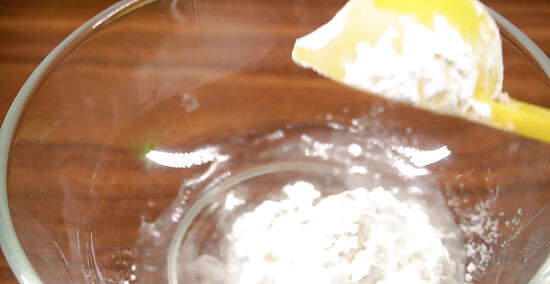
Mix 1 tablespoon (25 grams) of corn flour (cornstarch) with 1 tablespoon (15 mL) of water in a bowl for each cup (250 mL) of liquid. Pour the water into a small bowl and add the corn flour. Use a fork or a whisk to mix the water and corn flour until they are thoroughly combined. For example, if you have 2 cups (500 mL) of liquid in your soup, mix 2 tablespoons (50 grams) with 2 tablespoons (30 mL) of water. Purchase corn flour from the baking aisle of a grocery store. In some countries, it is called “cornstarch” instead of corn flour.
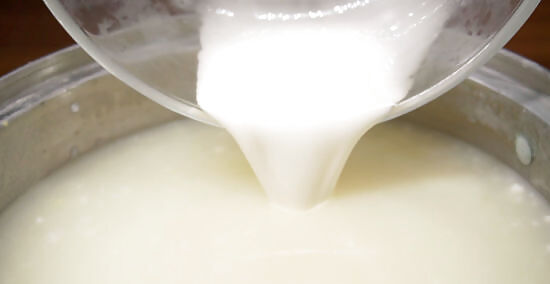
Stir the water and corn flour into the soup and wait for it to thicken. Carefully pour the water and corn flour mix into the soup to avoid it splashing back at you. Use a wooden spoon to mix it completely through the soup. Leave the soup on a medium heat and wait for it to start to bubble. If the soup is sticking to the bottom of the pot, turn down the temperature. If you’re cooking the soup in a slow cooker, allow it to thicken for 30 minutes.

Cook the soup for a further 2 minutes once it starts to bubble. This will ensure that the corn flour is completely cooked. Aim to have the soup lightly simmering rather than bubbling vigorously. Stir the soup whilst is bubbles to stop it from sticking. If your soup is still too runny, try adding more corn flour and water until the soup reaches your desired level of thickness. Add small amounts at a time to gradually thicken it.















Comments
0 comment